Tenryu-ji temple is a Rinzai Zen buddhist temple in Arashiyama, Kyoto. The temple is the highest ranked of the 5 Zen temples of Kyoto and is famous for its incredible Japanese garden.
BOOK Tour of Tenryu-ji and Arashiyama Bamboo Grove
In the town of Arashiyama, near the beautiful Arashiyama Bamboo Grove, lies Tenryu-ji temple. The Zen temple, which was founded in 1333 by shogun Ashikaga Takauji, lies in a well protected and beautiful location. The Katsura river flows on the southerns side and the Kameyama mountain covers the temples western side, while contributing to it’s beautiful Shakkei-style garden.
The temple complex comprises a large number of buildings spread over a bigger area. The most unique structures are the Hatto (Dharma hall), Kuri (living quarters) and Hojo (Abbot’s quarters) buildings. Most of the buildings are of more recent date, due to numerous fires over the centuries. The Hojo building, however, survived the latest of the devastating fires, which happened in 1864. It is therefore the oldest temple building in the complex. Originally a meditation hall, it was moved and re-purposed as the Dharma hall like seen today. A reminder of the buildings history is seen in the form of the plaque above the buildings entrance. The plaque reads “Senbutsujo”, meaning “zen meditaiton hall”.
Gozan – the 5 mountain system
Tenryu-ji is considered the number 1 ranked temple in the Kyoto “5 mountain system” (Gozan). The 5 mountain system is a hierarchical system of Zen temples, originally developed in China in the 12th century. The system was devised to organize and control the growing power of the Zen temples, thus ranking the 5 most important ones. In Japan two such systems exist – Kyoto Gozan and Kamakura Gozan. In reality the organization was used to gain political influence country wide. The network of Zen temples were a contributing factor in the Ashikaga shogunates efforts to stabilize Japan.
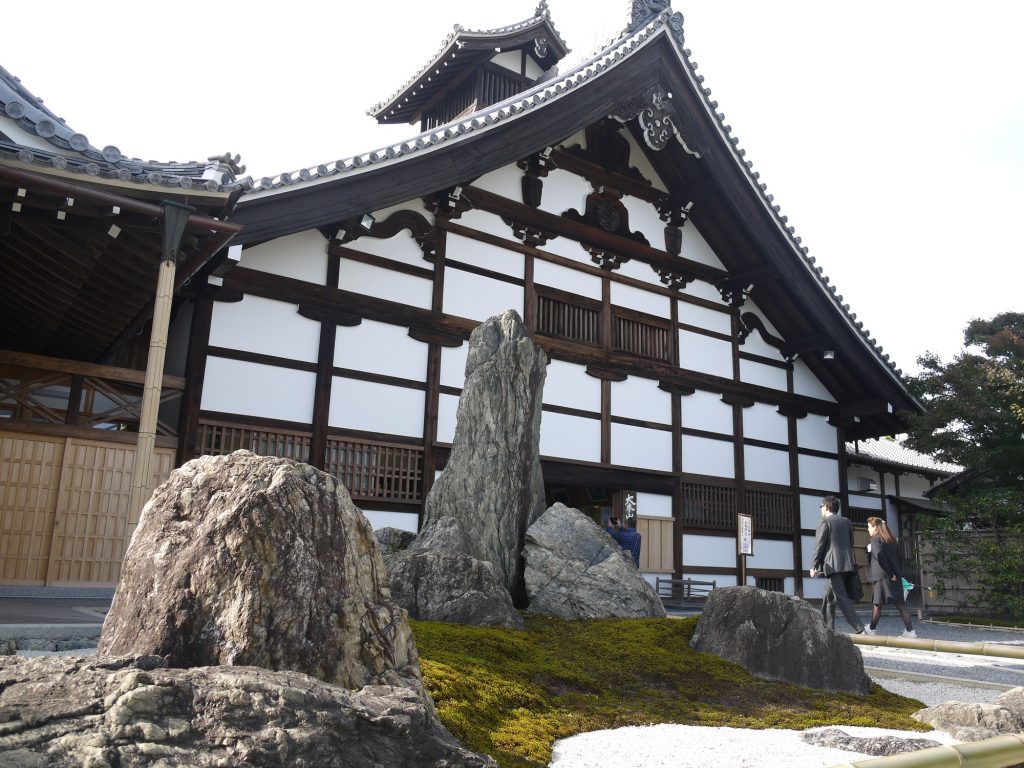
Sogenchi Garden
Behind the Hojo building is the beautiful temple garden, also known as Sogenchi Garden. The garden was founded over 700 years ago by the founding abbot Muso Soseki. Despite the many fires which have ravaged the temple over the centuries, the garden has managed to survive in its original form and shape. Sogenchi Garden was actually the first place in the country to be designated a “Site of Special Historic and Scenic Importance” by the government.
Sogenchi Garden, which is centered around a calm pond, is of the shakkei-type. Shakkei gardens are a style of Japanese gardens, designed to utilize the natural backdrop, to make the garden appear as a natural extension of the surrounding nature. Therefore there are no visible separation between the outside and the inside of the garden. Ritsurin garden in Takamatsu is one of the most famous examples of Shakkei gardens.
Sogenchi garden is beautiful at all times of the year, but it really stands out in the fall when the leaves turn red. There are entrance fees for both the garden and the temple. A ticket for the garden alone is ¥500. Access to the temple is an additional ¥300.
History of Tenryu-ji
Early history
The site of Tenryu-ji has been used for several decades prior to the establishment of the temple we know today. Japans very first Zen temple, called Danrin-ji, was located on the same grounds from the 800’s and forward. In the 1200’s the area, which had not been well maintained, was re-purposed for an imperial village – the “Kameyama Detached Palace“. The constructors were emperor Go-Saga and his son Kameyama. Later, also emperor Go-Daigo resided in this villa.
Establishment of Tenryu-ji
Tenryu-ji, in its current function as a temple, dates back to 1339, when the detached palace was converted to a temple by shogun Ashikaga Takauji. Ashikaga established the temple, to commemorate emperor Go-Daigo who died the same year. The two had been friends and allies, but ultimately turned against each other as a result of the Kenmu Restoration (Daigos 1333-1336 attempt to return power to the imperial house). The Kenmu restoration failed in 1336, and the power was taken over by Ashikaga who established the Ashikaga shogunate. After Daigos death, Ashikaga saw it necessary to conciliate his angry spirit and therefore built Tenryu-ji in his memory.
During the construction of the temple it became apparent that there wen’t enough funds to finish it. To solve this problem it was decided to send two trading ships to China, with the objective of making a profit big enough to support the construction. The plan worked, and the temple officially opened in 1345.
8 devastating fires
Tenryu-ji has suffered no less than 8 major fires over the years, the most significant ones in the middle of the 1400’s and another great one in 1864. In 1877, when reconstruction from the last fire was still ongoing, The Meiji government, who had taken over power in 1868, confiscated most of the temples lands. That left Tenryu-ji with little income to spend on the restoration of the buildings. Construction was done in steps over the coming years, with the completion of a new main hall and living quarters in 1900 and reception hall in 1924.
The current-day lecture hall and buddha hall was originally the meditation hall. It was the only building that survived the 1864 fire, and so was moved and re-purposed in the years following the fire.
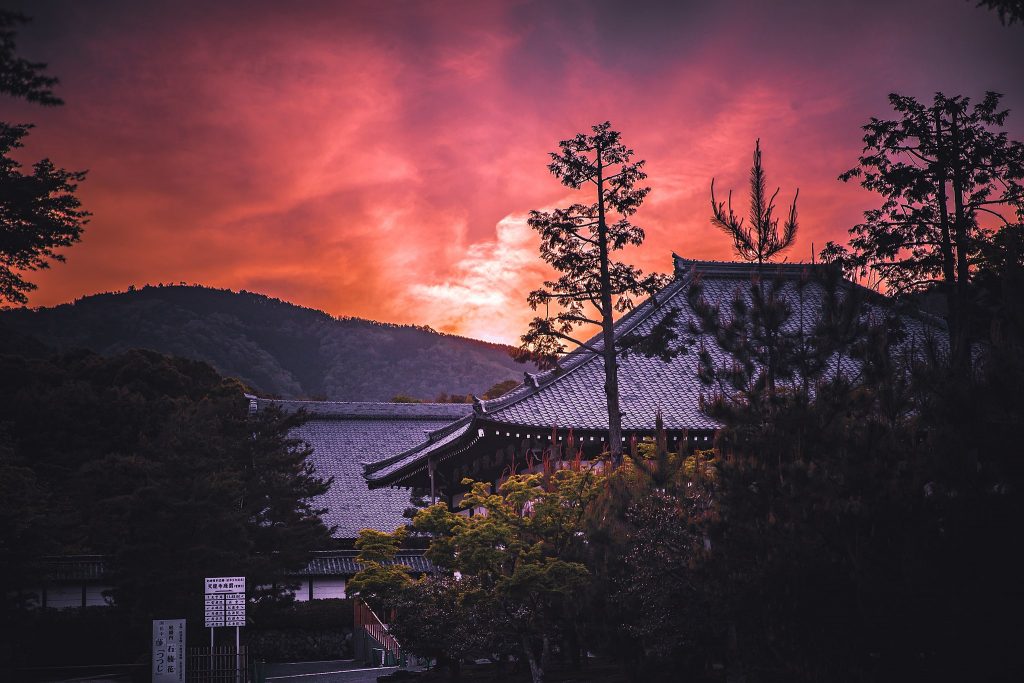
Side note: The Kenmu restoration
The Kenmu restoration was Go-Daigos attempt to return the power to the imperial house, after more than a century of military rule. On his third attempt he succeeded in 1333, but Ashikaga, who had supported Go-Daigo (and even helped him to power), was displeased with how he managed the power and the country. Go-Daigo now seeing Ashikaga as an enemy sent an army to kill his former friend Ashikaga, but Ashikaga won the battle (Battle of Takenoshita). Several bloody battles were fought, but eventually Ashikaga won (battle of Minatogawa) and Daigo fled.
Getting there
Pro tip: Traveling around Kansai? Maybe the Kansai Thru Pass is something for you. The pass is valid for subways and private railways – but not for JR trains.
By JR train: From Kyoto Station take the JR San-In Line to Saga-Arashiyama Station. From the station it’s a 12 minute walk (1km) to Tenryuji temple. This train is covered by the Japan Rail Pass.
By local train: It’s possible to take the Randen Line, a smaller, private train line from Shijō-Ōmiya Station in Kyoto to Arashiyama Station. The ride is 24 minutes and costs ¥220. This train line is covered by the Kansai Thru Pass.
By bus: Kyoto buses 61, 72 and 83 make stops at nearby Arashiyama Tenryu-ji Mae bus stop. Similarly the Shi buses 11, 28 and 93 stop here.
Cover photo: Tetsuhiro Terada. Licensed under CC.

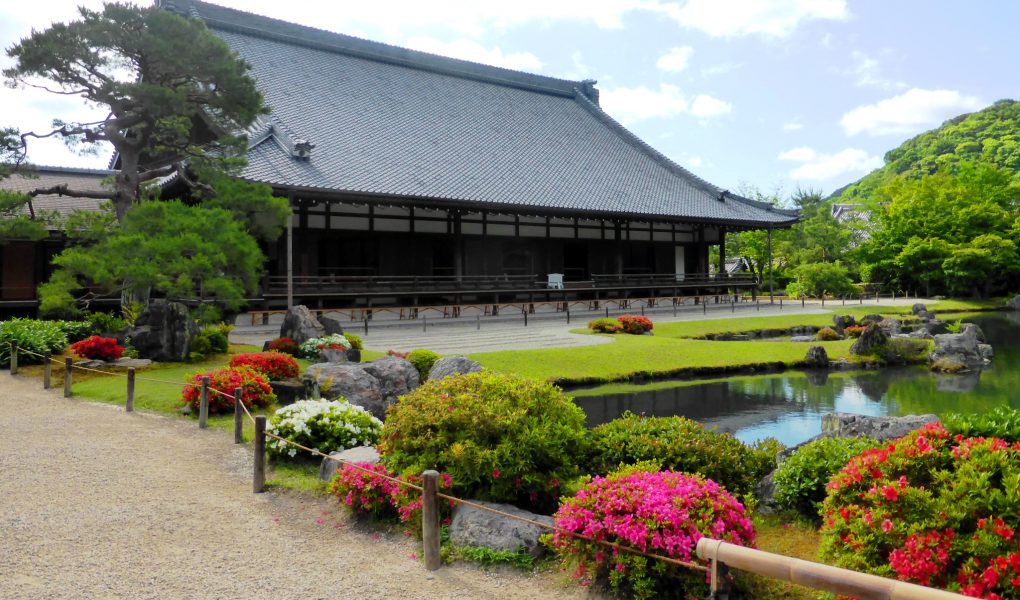
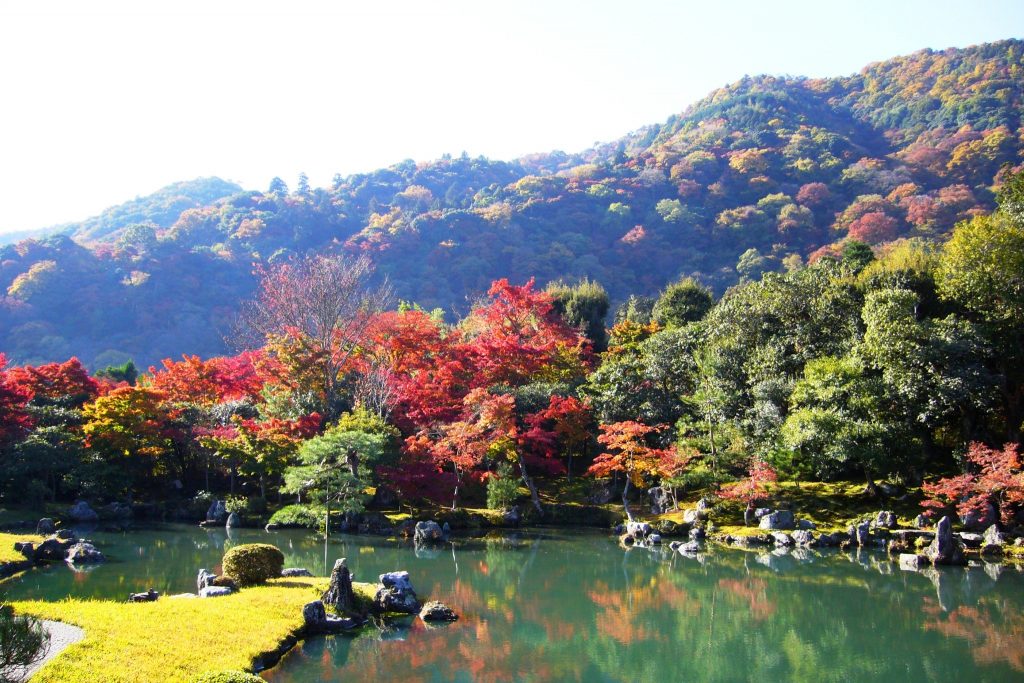
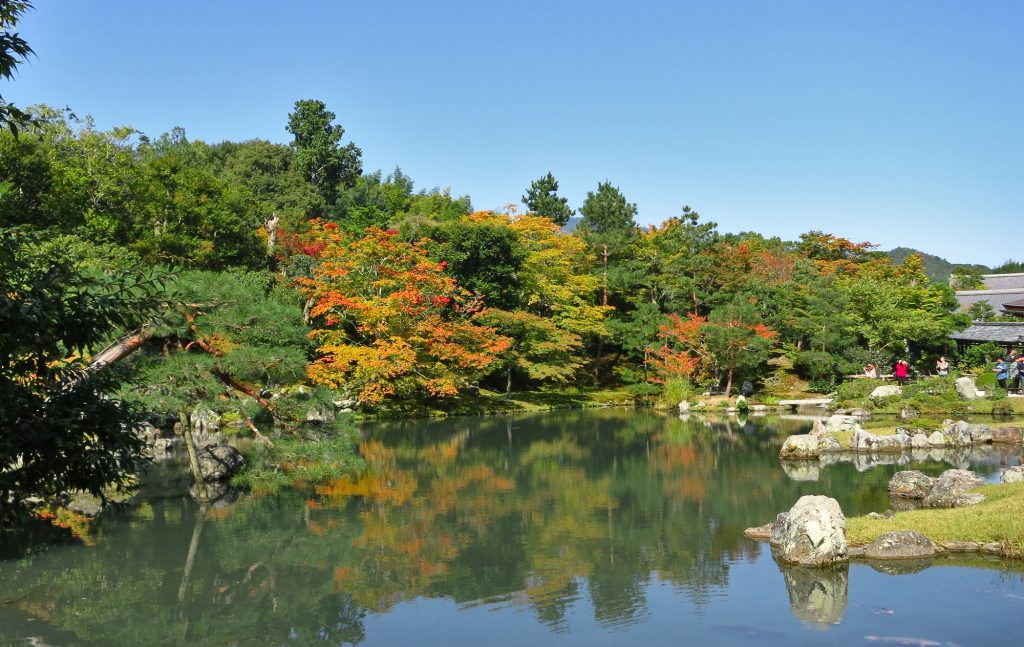
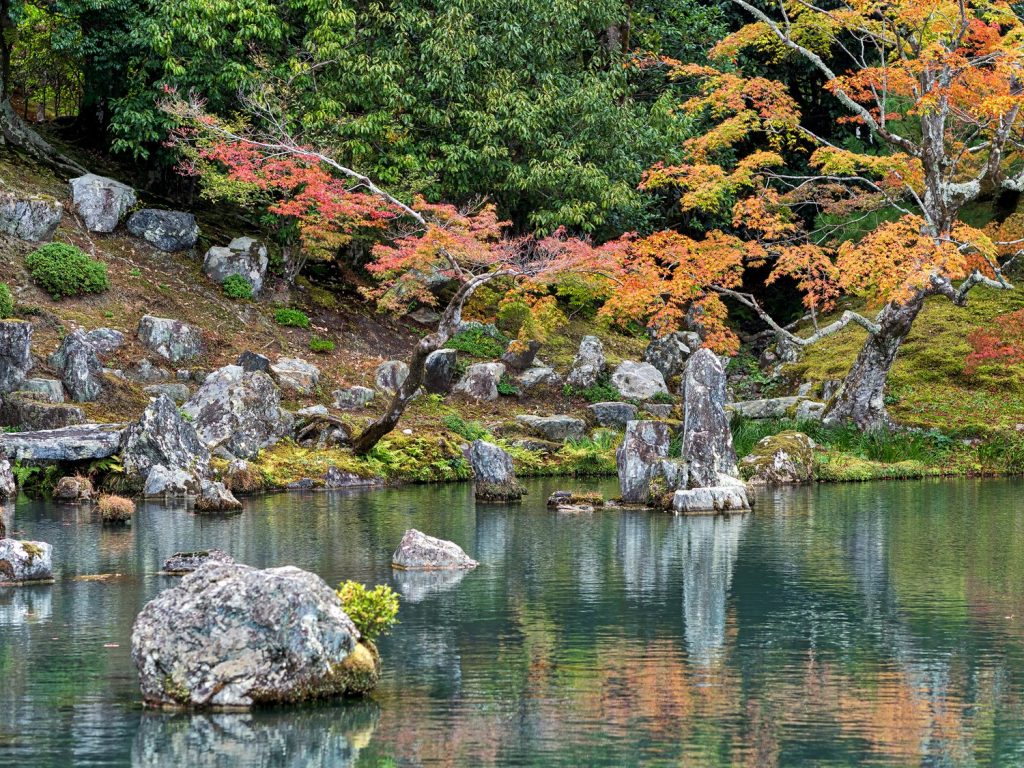

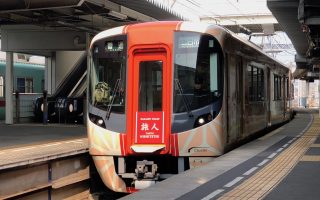
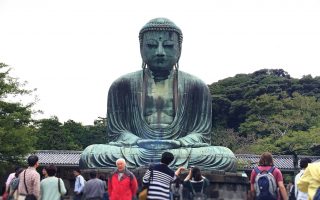
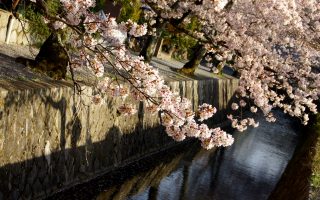
Tenryu-ji temple is an amazing place.
We took very nice pictures over there,
(url removed)
[…] Tenryū-ji Temple […]